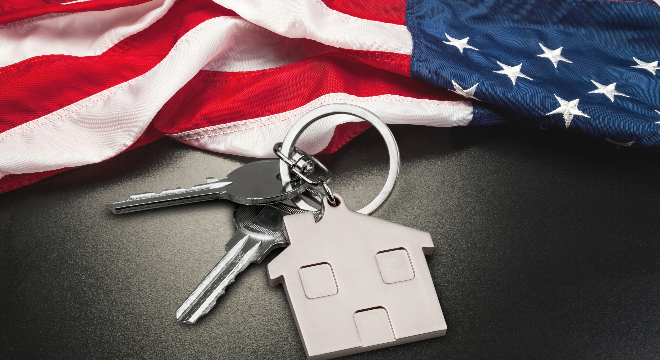Cash out? Cash in? Streamline? Pay points? Update rates and terms? Take out an ARM? Ditch your ARM?
The sheer number of refinancing strategies can feel overwhelming.
Trade-offs get complicated. Eligibility isn’t obvious. And they’re all wrapped in industry jargon.
To help you make sense of it all, we’ve outlined the ten residential refi strategies that most homeowners might consider in 2024.
Not all of them are appropriate (or even possible) in your financial situation. When you’re ready to move forward, the David Haley team is here to help.
1. Rate-and-Term Refinance
This is the most common type of refinancing. It involves replacing your current mortgage with one that has a lower interest rate, different loan term, or both.
When rates fall, this approach can help improve cash flow by reducing monthly payments.
It’s also a common way to alter the loan’s duration. For example, switching from a 30-year to a 15-year mortgage may help to save on interest over the loan’s lifetime.
2. Cash-Out Refinance
In this strategy, you replace your existing mortgage with a larger one, then receive the difference in cash.
This is a common way to finance major home improvements or consolidate high-interest debt without resorting to costly personal loans. Bear in mind that it increases your principal, which may affect your monthly payments and interest costs.
3. Cash-In Refinance
Cash-in refinancing is the opposite scenario. Rather than receiving cash, you provide a lump sum to pay down the loan balance.
Depending on your current loan terms, a cash-in refi may secure a lower interest rate, remove private mortgage insurance, or get you into a more favorable loan type (such as moving from an adjustable rate to a fixed one).
4. Streamline Refinance
A streamline refi involves minimal underwriting, minimal credit documentation, and often no appraisal. It’s only available to borrowers with a current FHA, VA, or USDA loan.
While the process is significantly quicker and easier than a conventional refi, it also has unique restrictions. For instance, cash out is limited to just $500, and you may still need to pay fees or other costs.
5. Home Equity Loan or HELOC
While technically not a refinance, a home equity loan or line of credit lets you borrow against the value of your home without altering your actual mortgage.
A home equity loan offers a lump sum at a fixed rate. A HELOC, on the other hand, begins as a revolving line of credit that you’re free to borrow against and repay as needed.
Thanks to their flexibility, both products are popular for home improvement, education, emergency funds, and so forth.
6. Refinance to Adjustable-Rate Mortgage (ARM)
An ARM refi may offer lower initial interest rates than a fixed-rate loan. If you plan to sell or refinance within a few years, then it might significantly reduce payments in the meantime.
Of course, there’s always a chance that rates will go up. Make sure you can comfortably afford whatever increases are permitted under the terms of the ARM.
7. Refinance to a Fixed-Rate Mortgage
Conversely, refinancing your ARM to a fixed-rate loan can stabilize monthly payments.
As a long-term owner, this predictability may outweigh the short-term savings of an ARM. For that reason, fixed-rate refis are especially popular during periods of prolonged rate increases.
8. No-Closing-Cost Refinance
With this approach, the lender pays the closing costs, but makes up for them with a slightly higher interest rate.
It makes refinancing more accessible if you lack the funds for typical closing costs. However, those costs still show up indirectly in the interest rate, so it’s important to compare the total costs over the life of the loan.
9. Refinance with Points
Mortgage points let you “buy” a lower rate interest rate. Typically, one point costs 1% of the loan amount and reduces your interest rate by 0.25%.
It takes several years for interest savings to offset the upfront cost. However, if you own the property long enough, then refinancing with points may ultimately pay for itself several times over.
10. Consolidation Refinance
This refers to combining multiple mortgages into a single loan. Not only does it simplify the payment process, but it may reduce combined interest paid.
This option might be particularly helpful if you’re currently juggling both a primary mortgage and a home equity loan or HELOC.
At David Haley and team, we’ve helped countless homeowners to pick the right refi strategy for their needs.
Whether you’re looking to reduce overall loan costs, improve monthly cash, or get funding for other purposes, we’re here to help you make the right choice for a solid financial future.








